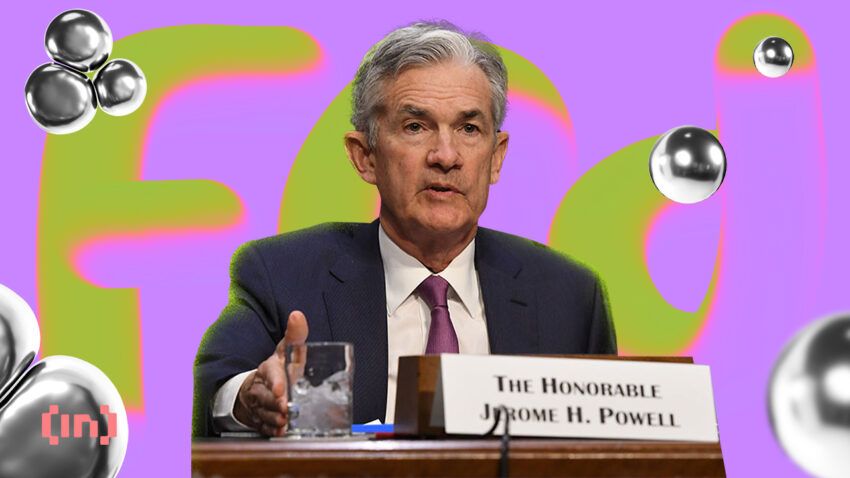According to minutes released Wednesday for the Federal Open Market Committee (FOMC) meeting of June 13–14, most Federal Reserve policymakers in attendance wanted to hold interest rates steady. Many people were glad that they did. Unfortunately for consumers, the FOMC sees a mild recession on the horizon.
However, officials also saw a roughly 60% chance that rates had not yet hit their highest level. The dithering is a sign that America’s central bank has struggled with keeping inflation at its 2% target. As expected, the Fed kept rates at 5% to 5.25%. The pause was the first in over a year of consecutive rate increases. Since March 2022, when the interest rate was zero, the Fed has raised interest rates ten times in a row. Matching a pace last seen in the 1980s.
Federal Reserve Officials Wanted Time to Assess the Economy
The FOMC is a committee within the Fed’s internal system. It meets about every six weeks, eight times a year, to assess the state of the economy and make decisions about monetary policy, including interest rates and other measures. The meeting minutes undergo scrutiny for indicators of the health of the US economy.
On the decision to pause the hike in interest rates last month, the meeting minutes stated:
“Most of these participants observed that leaving the target range unchanged at this meeting would allow them more time to assess the economy’s progress toward the Committee’s goals of maximum employment and price stability.”
Some officials also appeared to believe, at the time, that real gross domestic product (GDP) was growing at a moderate pace in Q2. Although the meeting did acknowledge that consumer prices were continuing to rise, if at a slower rate than last year.
According to the minutes, when excluding energy and most food prices, the core price inflation remained relatively steady.
Learn about 2023’s banking crisis, and the role the Federal Reserve played in its beginning: 2023 US Banking Crisis Explained: Causes, Impact, and Solutions
The Fed Expects a Moderate Recession
The officials’ economic forecast for the June FOMC meeting predicted a mild recession later this year. Although, as described in the minutes, it is far from the worst possible eventuality. It would be followed by a gradual recovery, and it would neither be “deep nor prolonged.”
The projection envisioned a slowdown in real GDP growth for the current and third quarter. With a modest decline expected in the fourth quarter of this year and the first quarter of next year.
Disclaimer
In adherence to the Trust Project guidelines, BeInCrypto is committed to unbiased, transparent reporting. This news article aims to provide accurate, timely information. However, readers are advised to verify facts independently and consult with a professional before making any decisions based on this content. Please note that our Terms and Conditions, Privacy Policy, and Disclaimers have been updated.


